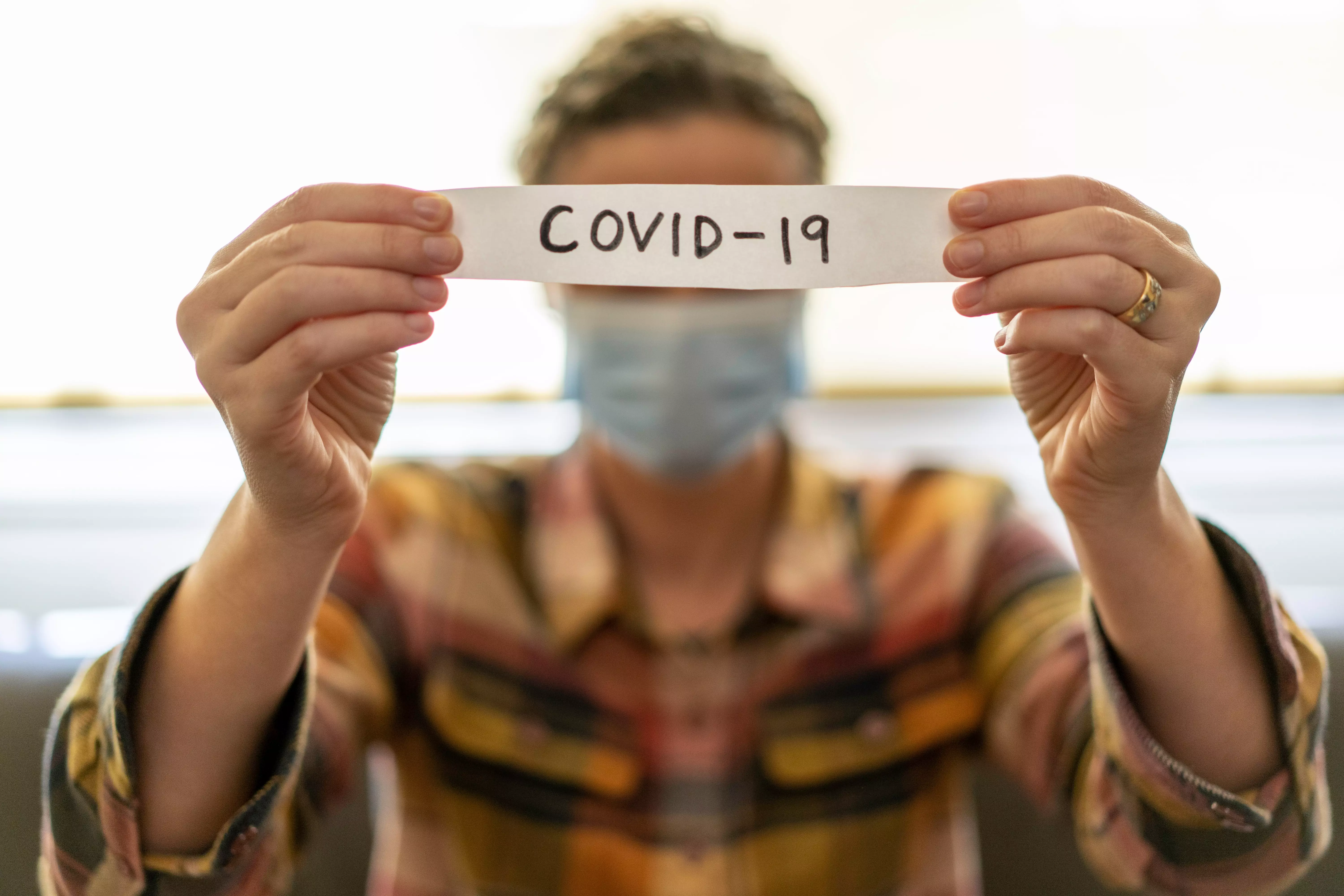COVID-19 and comorbidities: How do they affect the course of the disease?
Introduction to COVID-19 and co-morbidities
The outbreak of the COVID-19 pandemic in 2019 took the whole world by surprise. It quickly became not only a health issue, but also a socioeconomic one. As the number of studies and observations grew, information began to emerge about the impact of comorbidities on the course of SARS-CoV-2 infection. Many people are asking how comorbidities can affect the effects of infection and rehabilitation after COVID-19.
Definition of comorbidities
Comorbidities are health conditions that can occur simultaneously with other conditions. In the context of COVID-19, this primarily refers to chronic diseases such as diabetes, heart disease, hypertension, obesity or chronic lung disease. Their presence can significantly affect how the body responds to the virus, as well as the overall course of the disease and potential recovery.
Impact of comorbidities on the course of COVID-19
Studies show that people with comorbidities are at greater risk of a severe course of COVID-19 and multiple complications. For example, patients with diabetes may have weaker immune responses, making it harder for the body to fight the virus. Similarly, people with heart disease are at risk for potential cardiac problems during infection.
 Additionally, obesity is a risk factor that significantly increases the chances of hospitalization. Studies have shown that obese people have almost three times the risk of death from COVID-19 compared to normal-weight individuals. This indicates the need to take these comorbidities into account when assessing patients' risk.
Additionally, obesity is a risk factor that significantly increases the chances of hospitalization. Studies have shown that obese people have almost three times the risk of death from COVID-19 compared to normal-weight individuals. This indicates the need to take these comorbidities into account when assessing patients' risk.
Rehabilitation of post-COVID-19 patients with comorbidities
Health rehabilitation after COVID-19 is a key component of recovery. For patients with comorbidities, the process can be more complex and require an individualized approach. It is crucial to understand that rehabilitation must take into account not only the patient's overall health, but also his or her comorbidities.
Rehabilitation programs should be tailored to patients' needs. For example, people with chronic lung disease may need specialized breathing exercises, while patients with heart disease will need monitoring of exercise intensity. Psychological support is also crucial to help patients adapt to their new health reality.
How to take care of health and minimize risks?
There are a number of ways that can help people with comorbidities minimize their risk of COVID-19 infection and improve their overall health. These include:
Regular checkups It is worthwhile to have regular health checks and diagnostic tests related to comorbidities.A healthy diet Adequate nutrition can support the immune system and improve overall health.Physical activity Regular physical activity, tailored to the individual's abilities, helps improve physical and mental fitness.Immunizations People with comorbidities should pay special attention to immunizations, which can significantly reduce the risk of severe COVID-19.Mental support It is worthwhile to benefit from therapeutic support, especially during the more difficult moments associated with the disease.Summary
COVID-19 is a serious risk, especially for people with comorbidities. Understanding how these conditions affect the course of the disease is crucial to the treatment and rehabilitation of patients. Appropriate preventive measures and a personalized approach to the patient can significantly improve prognosis and quality of life.
During a pandemic, surrounding oneself with support, developing health education and ensuring regular health consultations become not only optional, but necessary. Knowledge of the impact of comorbidities on COVID-19 can help both patients and health care professionals make the right decisions.

Add comment